Estimated reading time: 9 minutes
Ever caught your pooch abruptly moving in the middle of a snooze to a new sleeping spot? While it’s a charming sight, it does spark curiosity. Is it just a matter of comfort, or is there more at play? Ready to explore the mysteries of your dog’s sleep habits?
What Does It Mean When My Dog Moves from Spot to Spot While Sleeping?
You’ve probably noticed that your dog doesn’t always stay put while sleeping. This restlessness, which often manifests as moving from one spot to another, can be confusing to pet parents.
But don’t worry – it’s a common behavior in many dogs. There are a multitude of reasons for this, some more serious than others. Let’s dive into this mystery in more detail.
Reasons Why Dogs Move Around While Sleeping
First, it’s important to remember that movement during sleep doesn’t necessarily indicate a problem. Like humans, dogs prioritize their comfort while sleeping.
If the floor beneath them has become too hard, or the temperature in the room has increased, they may choose to move to a different spot. A cooler or softer spot might just be what they need to catch those Z’s. Similarly, a particularly noisy environment may disturb them, prompting a move to a quieter location.
Canine Cognitive Dysfunction
One of the more serious reasons why a dog might move around during sleep is Canine Cognitive Dysfunction (CCD). This condition, which is somewhat similar to Alzheimer’s disease in humans, often develops in dogs as they age.
Restlessness is a common symptom of CCD, and this could explain why your dog is shifting spots during sleep. Other signs of CCD include confusion, disorientation, and changes in behavior.
If you suspect that your dog has CCD, it’s best to consult with a vet.
Sleeping Positions
Your dog’s sleeping position might also play a part in their nocturnal movements. Just like us, dogs can wake up feeling stiff or sore after sleeping in an awkward position. Your dog may move to a new spot in an attempt to get comfortable and relieve any discomfort they’re feeling.
It’s also worth noting that different breeds have different preferred sleeping positions, so what might be comfortable for one dog may not be for another.
Separation Anxiety
Separation anxiety can also cause a dog to move around a lot during sleep. This is especially true for dogs that are deeply attached to their human companions. When left alone, they might feel stressed and anxious, leading to restlessness and the inability to settle in one place for sleep. Besides sleep disturbances, other signs of separation anxiety include destructive behavior when left alone, excessive barking, and pacing.
Restlessness
Lastly, general restlessness during sleep could be a sign of an underlying health issue. This could be anything from pain or discomfort, perhaps from an injury or a developing health condition, to a simple need to go to the bathroom. In these cases, it’s always best to keep a close eye on your pet and seek professional advice if you’re concerned about any changes in their behavior.
What Are Some Common Sleeping Positions for Dogs?
Sleeping positions in dogs are as diverse as their personalities. They can reveal a lot about your dog’s comfort levels, their mood, and even their health. Let’s explore some of the most common positions dogs take when they’re off to dreamland.
Sleeping on Their Side
Dogs that sleep on their side are often showing a sign of ultimate relaxation and comfort. It’s a position that allows for a deep, restful sleep as it exposes their heart and belly, areas they protect when they feel threatened. If your dog often chooses this position, they likely feel safe and secure in their environment.
Snuggling
Dogs love to snuggle. Whether it’s with their human companions, other pets in the household, or even their favorite toys, it’s a common behavior. It could be a holdover from their puppyhood when they used to huddle with their siblings for warmth and safety. Snuggling not only helps them to keep warm, but it also strengthens social bonds and provides a sense of security.
Getting Enough Rest
Sleep is vital to your dog’s health and well-being. Some dogs can sleep up to 12-14 hours a day depending on their age, breed, and health. If your dog is frequently moving and not settling, it may disrupt the quality of their sleep. Ensuring they have a quiet, comfortable place to sleep can help your dog get the rest they need.
Older Dogs
As dog’s age, their sleeping patterns may change. Older dogs often sleep more than younger ones, but their sleep might be more fragmented. This could mean they wake up more often, perhaps to move to a new spot. Arthritis or other age-related conditions could also cause discomfort and prompt movement during sleep.
Male Dogs
There isn’t a significant difference between the sleeping habits of male and female dogs. However, some behaviors like marking territory could slightly influence where a male dog chooses to sleep. But generally, comfort, safety, and familiarity with the environment are the primary factors affecting a dog’s sleeping places and positions.
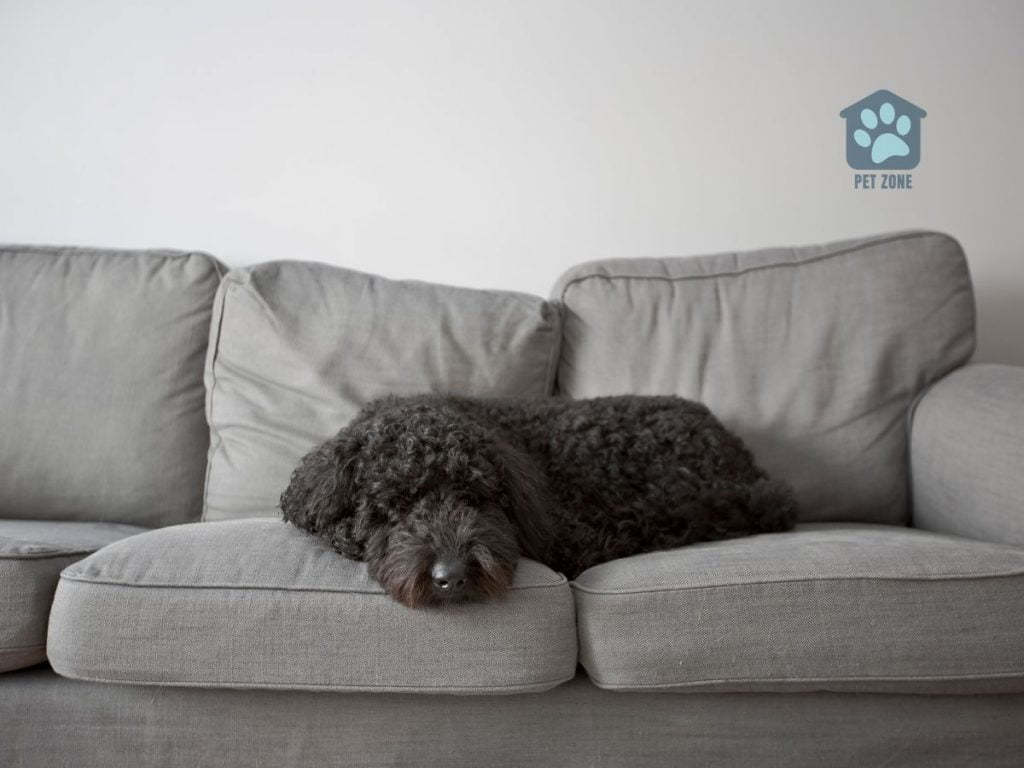
Can I Make My Dog Stay in One Spot While Sleeping?
While it’s normal for dogs to move around during sleep, there might be instances where you wish your furry friend could just stay put. Here’s some advice on how to encourage your dog to sleep in one spot.
Making Your Dog Comfortable
Comfort is key when it comes to sleep. Ensure your dog has a comfortable spot to sleep where they won’t be disturbed. This might be a quiet corner of your living room, a cozy nook in your bedroom, or even a dedicated doggy room if you have the space.
Choosing the Right Sleeping Area
The area where your dog sleeps can make a big difference. It should be somewhere quiet, away from heavy foot traffic in your house. Avoid areas near doors or windows where outside noises might disturb your dog’s sleep. The temperature of the room is also important; it shouldn’t be too hot or too cold.
Getting a Dog Bed
Invest in a good-quality dog bed. This can significantly improve your dog’s sleep. The bed should be large enough for your dog to stretch out comfortably and it should provide good support, especially for older dogs. A bed with sides can also make your dog feel secure and protected.
Creating a Relaxing Environment
Creating a relaxing environment for your dog can also encourage them to sleep in one place. This can include soft lighting, playing calming music, or using a white noise machine to block out disruptive noises. Providing a favorite toy or blanket can also make your dog feel more comfortable and secure.
Consulting with Your Veterinarian
If despite all your efforts, your dog still moves around a lot during sleep, it might be time to consult with your veterinarian. Persistent restlessness can be a sign of underlying health issues such as pain or anxiety. A professional will be able to offer advice tailored to your dog’s specific needs.
Remember, forcing your dog to stay in one place may cause them stress. It’s always best to consult with a professional to understand the reasons behind their restlessness and to find the best solution for both you and your canine companion.
Should I Be Concerned If My Dog Moves from One Spot to Another While Sleeping?
Sleeping habits in dogs can vary significantly. It’s essential to understand these habits and know when to be concerned.
Many Dogs Tend to Move While Sleeping
Firstly, remember that many dogs move during sleep, and it’s often perfectly normal. Dogs, like people, have sleep cycles and dreams. Movements might simply be a response to their dreams or a desire for greater comfort.
Dogs Tend to Move More Frequently in Some Breeds
Certain dog breeds are known for their restlessness during sleep. Active and working breeds, in particular, may move more during sleep, possibly due to their high energy levels. So, don’t be alarmed if your active breed dog doesn’t stay still during sleep—it’s fairly common.
Spot-to-Spot Movement Could Indicate Restlessness
However, frequent spot-to-spot movement during sleep could be a sign of restlessness. If your dog consistently seems unable to settle down, it might indicate discomfort, pain, or even anxiety. If your dog also shows signs of distress—like whining or panting—it’s crucial to seek veterinary advice.
Finding the Right Sleeping Spot for Your Dog
Your dog’s sleeping arrangement can play a role in their restlessness. If they’re not comfortable where they sleep, they may move around to find a better spot. Make sure they have a quiet, cozy place where they feel safe and can relax fully.
Observing Your Dog’s Sleeping Habits
Observation is key to understanding whether your dog’s movement around at night during sleep is a cause for concern. If they’re moving but still getting a good amount of restful sleep, there’s likely nothing to worry about. However, if you notice changes in their sleeping pattern, excessive movement, or signs of distress, it’s best to consult your veterinarian.
Final Thoughts
Understanding Your Canine Companion’s Sleeping Habits
The first step towards making your dog’s sleep more comfortable and peaceful is understanding their habits. Dogs may move around during sleep due to factors like comfort, temperature, or even what’s going on in their dream-filled minds. Observing their sleeping patterns will not only help you understand your pet better but also alert you to any unusual behaviors that might need professional attention.
Providing the Best Sleeping Environment for Your Pup
Creating an optimal sleeping environment for your furry friend is crucial. From selecting the right bed that offers comfort and support to finding a quiet, temperature-controlled area, every little detail matters. Your dog should feel safe and secure in their sleeping spot. Introducing elements like calming music or their favorite blanket can further enhance their comfort.
Maintaining Your Dog’s Health and Well-being
Ensuring your dog’s overall health and well-being is a holistic task. A good night’s sleep is as important for your dog as regular exercise, a balanced diet, and regular check-ups. Should you notice excessive restlessness during sleep or any signs of distress, it’s important to consult with a vet. Early detection of issues can lead to more effective treatments and keep your canine companion in good health.
In conclusion, understanding and caring for your dog’s sleep habits is an integral part of responsible pet ownership. It goes beyond providing a comfortable bed and extends to recognizing when things might not be quite right. After all, a well-rested dog is a happy dog, and our aim should always be to give our pets the happiest, healthiest life possible.
Please Comment and Share
We hope you found this article helpful! If you have any thoughts or experiences you’d like to share, please feel free to leave a comment below. We love hearing from our readers.
And if you think this article could help other dog owners, don’t hesitate to share it on your social media platforms. Your shares help us reach more pet lovers. Thanks for your support!
As an Amazon Associate I earn from qualifying purchases.


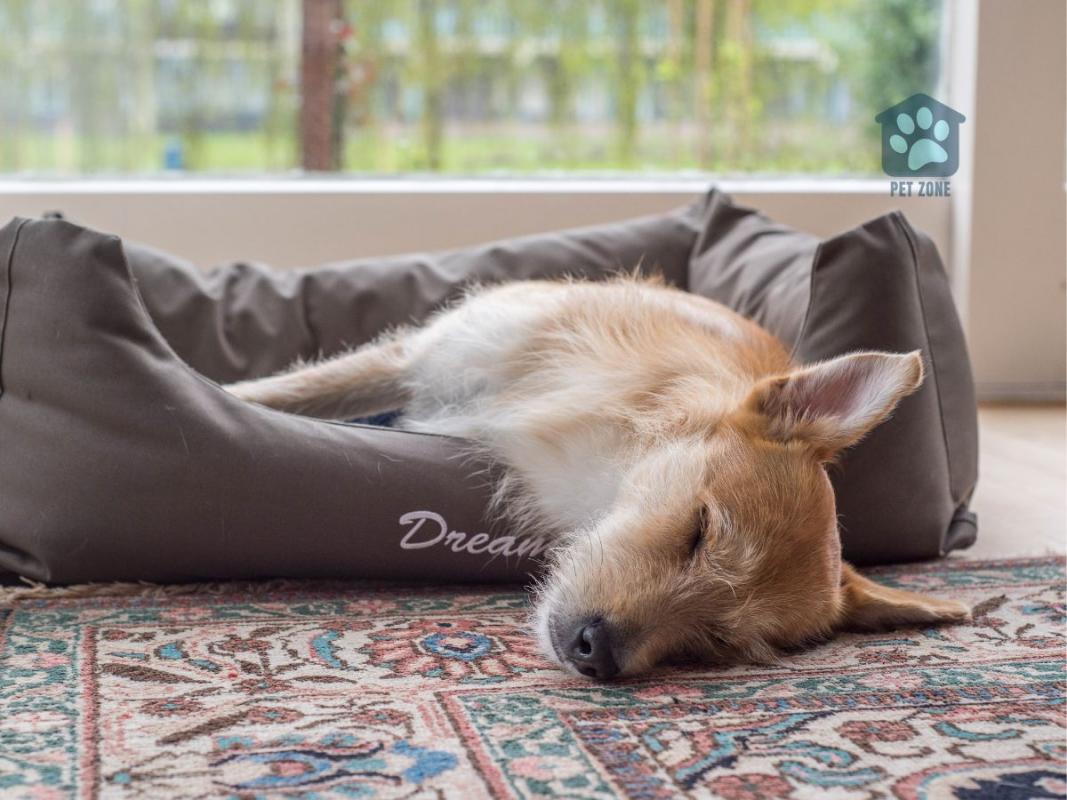


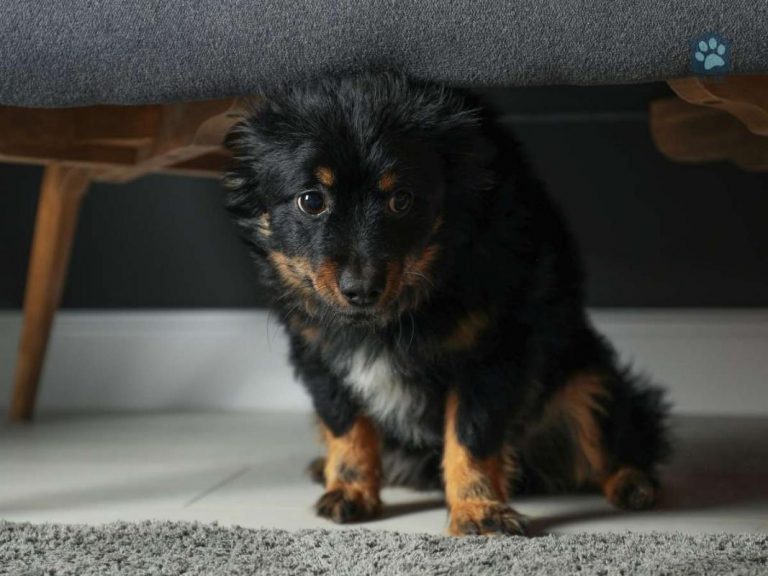
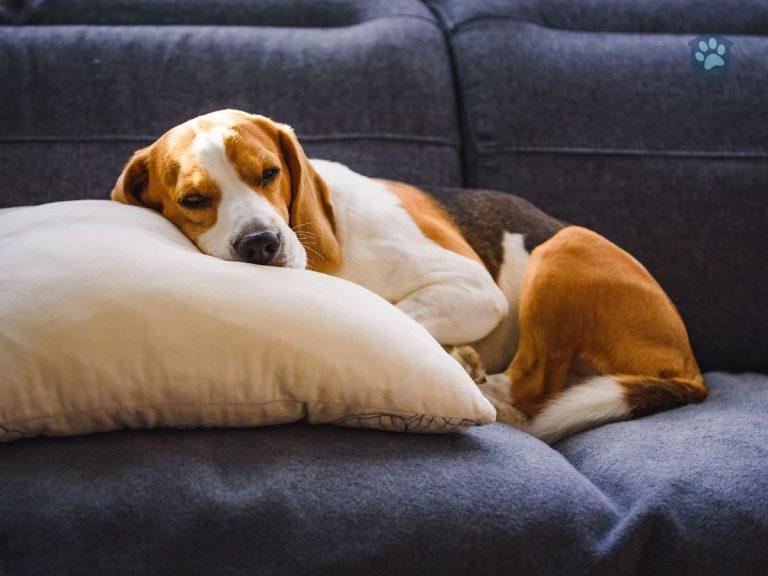
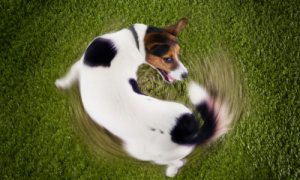

Hey there! Came across your post on the WordPress feed and couldn’t resist saying hello. I’m already hooked and eagerly looking forward to more captivating posts. Can’t seem to find the follow button, haha! Guess I’ll have to bookmark your blog instead. But rest assured, I’ll be eagerly watching for your updates!